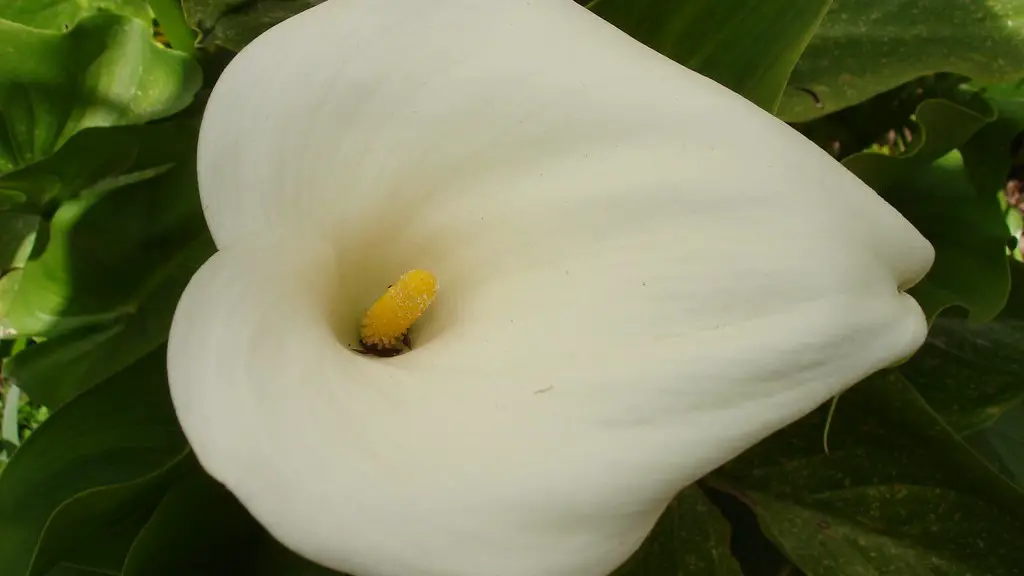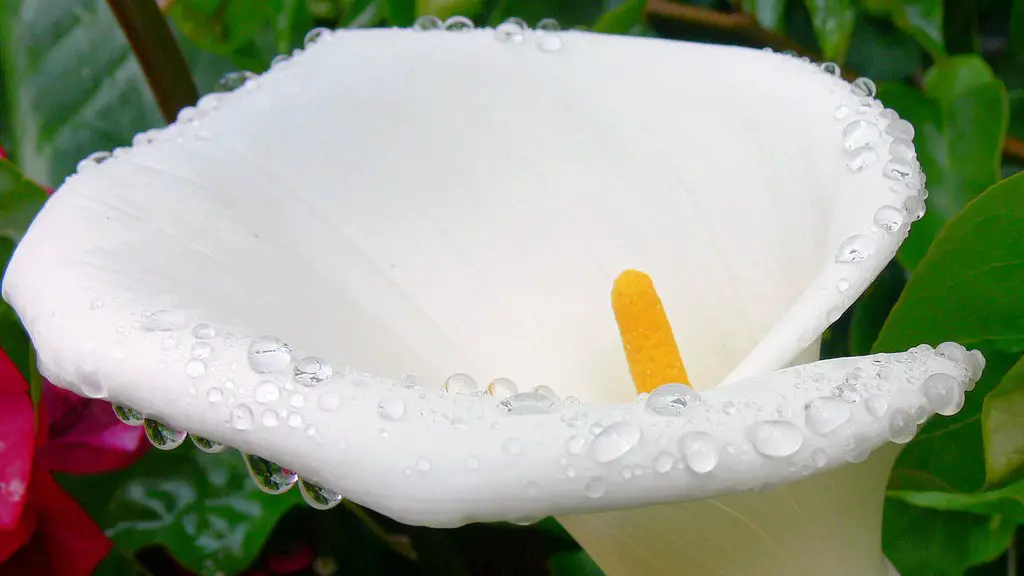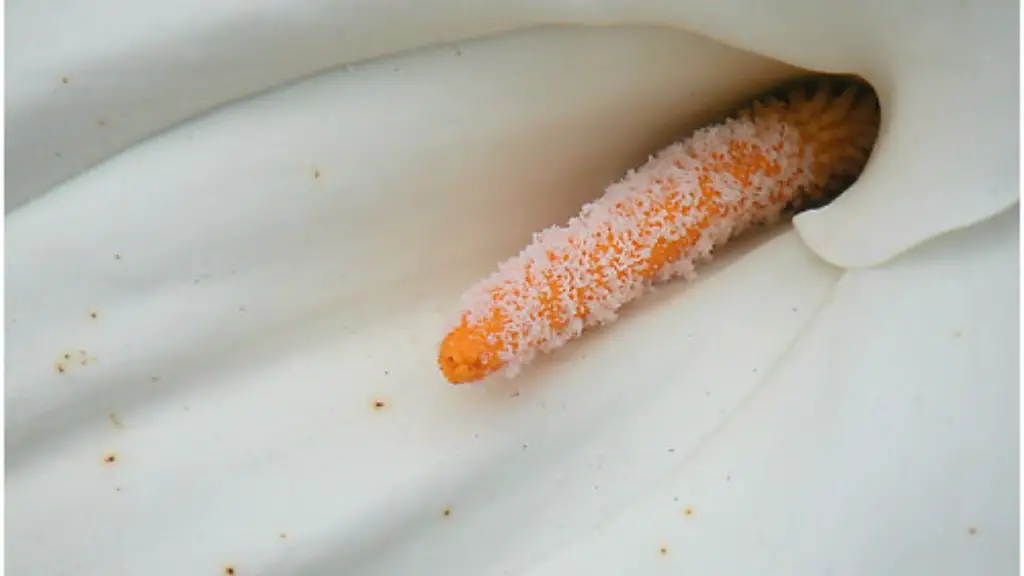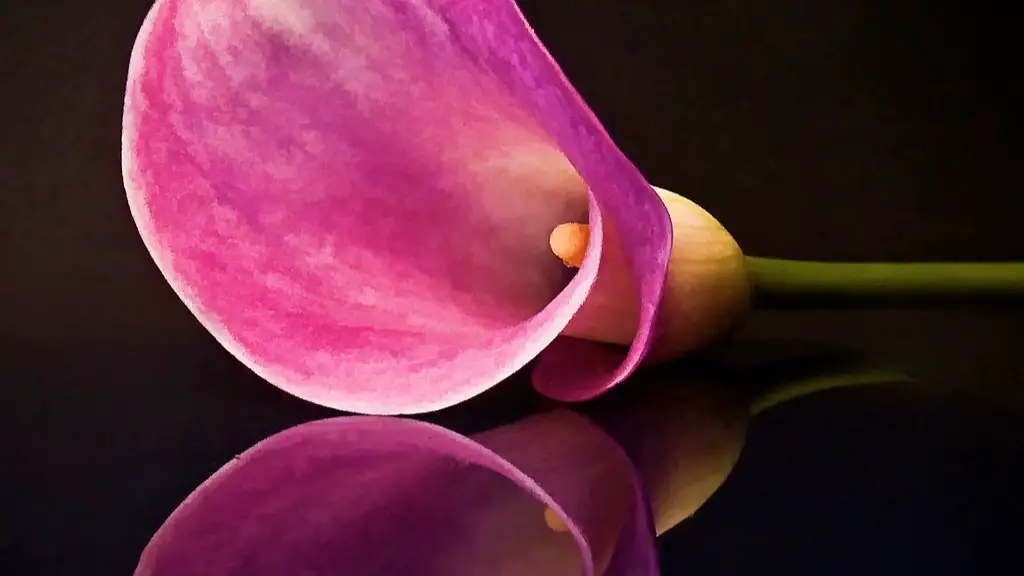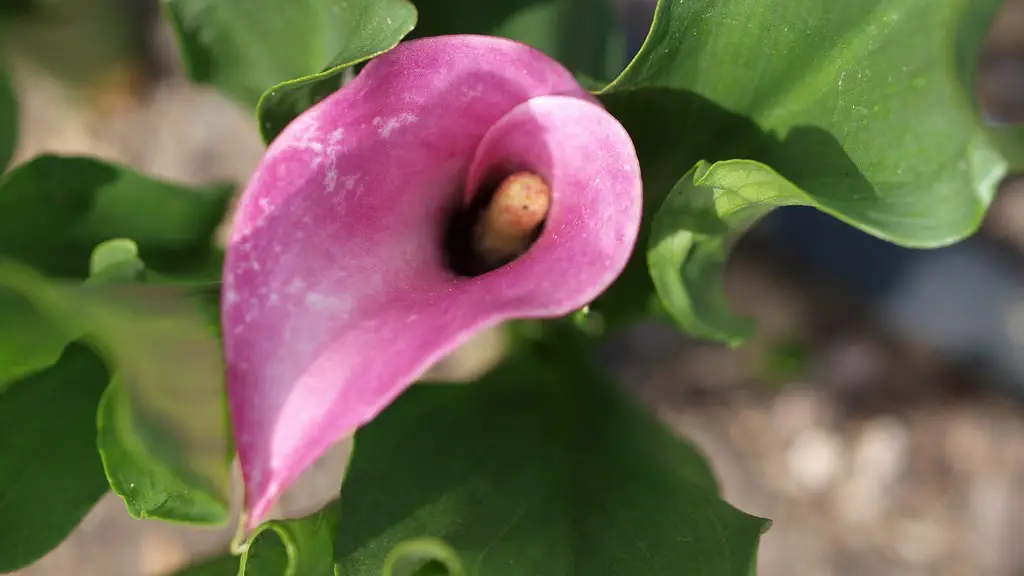The calla lily is a perennial plant that belongs to the family Araceae. It is native to Africa, but is also found in other parts of the world including North America, South America, and Europe. The calla lily is a popular plant for gardens and indoor decoration. The plant produces a white, trumpet-shaped flower that is beautiful and elegant.
Calla lilies are not only beautiful, but they are also a great addition to any garden as they are perennial plants. This means that they will come back year after year, providing continual color and beauty in the garden.
Do calla lilies come back every year?
Calla lilies are a beautiful addition to any garden, and with a little extra care, you can enjoy them for years to come. Here are a few tips to keep your calla lilies looking their best:
-Water regularly, and be sure to keep the soil moist but not soggy.
-Fertilize every few weeks with a high-quality fertilizer designed for blooming plants.
-Deadhead spent flowers to encourage new blooms.
-Divide the clumps every few years to keep them healthy and vigorous.
With just a little extra effort, you can enjoy these stunning flowers year after year.
Calla lilies are one of the most popular flowers due to their beauty and elegance. They are also a symbol of purity and innocence. Although they are often associated with weddings, they can be enjoyed all year round. Calla lilies prefer to grow in moist conditions near ponds, streams, or rivers. They are relatively easy to care for and can thrive in a variety of climates. With the right conditions, calla lilies can bloom multiple times throughout the year, making them a perfect addition to any garden.
Can I plant calla lilies in the ground
When to Plant your Calla Lilies
Calla rhizomes should be planted in spring. They may be started indoors as early as a month before the average last frost date (for earlier blooms) or planted directly in the ground after the danger of frost has passed.
Calla lilies (Zantedeschia spp) are tender perennials. Their rhizomes must be dug up in fall and stored indoors over the winter months. Calla lilies need a cool, dark place to overwinter. A temperature of 50-60 degrees F is ideal. The rhizomes can be stored in a mesh bag in moist peat moss or vermiculite. Check on the rhizomes every few weeks to make sure they are not drying out.
Can calla lilies be left in the ground over winter?
If you live in a warm climate, you can leave your calla rhizomes in the ground over the winter. Otherwise, remove the leaves from your plants and cut the stems to one to two inches tall before your first freeze. Dig up the rhizomes and put them in a warm, dry place where the temperature stays between 65 and 75°F.
Calla lily bulbs are best suited for a warm climate. If you live in an area with cold winters, it’s a good idea to remove your Calla bulbs from the soil and overwinter them indoors. This will help them survive the winter and ensure they’re healthy and blooming come spring.
Do you cut down calla lilies in the fall?
After the first frost kills back the foliage, calla lily rhizomes are lifted in fall, stored for winter, and then replanted in spring after soil temperatures warm up. This is similar to other cold-sensitive bulbing plants like caladiums and dahlias.
Calla lilies are unique in that they don’t drop their petals like other plants. Instead, once the flower begins to die, it rolls up into a tube, often turning green on the outside. These spent blossoms are done and have no purpose, so they should be clipped off the plant.
Do calla lilies like sun or shade
Calla lilies are beautiful flowers that can add a touch of elegance to any garden. They are relatively easy to care for, but it is important to know that they prefer full sun or partial shade in warm climates and full sun in cooler areas. Calla lilies are winter hardy in zones 8-10, so if you live in a colder climate you may need to dig them up and store them indoors for replanting the next spring.
Calla lilies are a great option for those looking for a plant that will spread and multiply easily. These bulbs can be dug up and replanted in different locations, making it easy to control their spread.
What month do you plant calla lily bulbs?
Summer is a great time to put Calla Lily in pots right before July. Calla Lily will have lovely flowers throughout the hotter summer months when many other bulbs have already run their course. Plant the Calla Lily in full sun or partial shade if in warmer climates.
After your Calla Lilies have finished blooming for the season and the leaves start to turn yellow, reduce watering and allow the foliage to die back completely. Cut it down to the ground, then dig up the rhizomes, clean them off with water, and let them air dry for at least 12 hours.
How do I save calla lilies bulbs for next year
Calla lily bulbs should be stored in a cool, dry spot for the winter. They can be stored in a paper bag or in layers in a cardboard box. Be sure to label the bag or box so you know what’s inside.
Calla lilies (Zantedeschia spp.) are a stylish addition to any home, and luckily, they’re not too difficult to care for. Here are a few tips:
Keep the soil moist, but not soggy. Calla lilies like their roots to be moist, but too much water can lead to problems like root rot. Allow the top inch or so of soil to dry out between waterings.
Provide bright, indirect light. These flowers do best in bright light, but direct sunlight can scorch their leaves. If your home is on the dark side, consider placing the pot near a south- or west-facing window.
With a little care, your calla lily will thrive indoors for months. Enjoy!
How do you winterize lilies?
When planting daffodils, it is important to choose a well-draining location. Daffodils do not do well in sites with standing water. A thick layer of mulch will help protect the bulbs from freeze and thaw cycles. If you live in an area with cold winters, you may want to lift the bulbs and store them overwinter.
Without a period of dormancy, calla lilies will not bloom come spring. So, once the leaves die down after flowering, move the plant to a dry, frost-free location, preferably in the dark. This will trigger the plant to go into dormancy. Keep it in this state until early spring, at which point you can begin to water it again and move it back into the light.
What temperature is too cold for calla lilies
Calla lilies are beautiful flowers that can add a touch of elegance to any garden. However, gardeners in colder climates need to be aware that calla lilies are deciduous and will lose their leaves when temperatures drop below freezing. The plants are also damaged when temperatures fall below 25 degrees Fahrenheit, so take care to protect them during the winter months.
Callas are beautiful flowers that can add a touch of elegance to any garden. They are relatively easy to care for and can be grown in a variety of climates. One of the benefits of growing calla lilies in pots is that they will not become invasive. In garden beds in their ideal climate, callas may naturalize and take over. Container-grown callas are restricted to pots and cannot become invasive. This makes them a great option for those who want to add calla lilies to their gardens without having to worry about them taking over.
Conclusion
Calla lily is a type of plant that belongs to the Zantedeschia genus. These plants are known for their showy flowers that have a trumpet-like shape. Calla lilies are native to South Africa, but they can also be found in other parts of the world such as Australia, New Zealand, and the Pacific Islands. Although these plants are often grown as annuals, they are actually perennials.
The average calla lily (Zantedeschia aethiopica) blooms for three to four weeks and then dies back, emerging again the following spring. If you live in an area with very cold winters, your calla lily will probably die back to the ground and you’ll lose the top growth.
